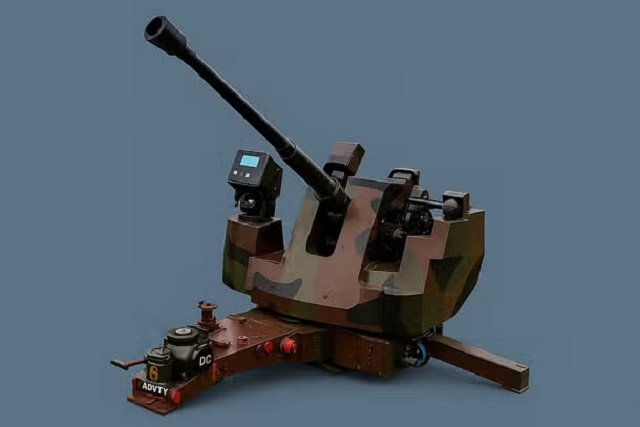Islamabad: Once again, the legacy of Bofors has become a powerful shield for the Indian Army—this time in the form of its modernized version, the L-70 air defence gun. After the Kargil War, Bofors’ reputation resurfaces as a backbone of India’s defence, but now upgraded for modern warfare.
In a recent incident on the western front, the Indian Army used the L-70 guns to neutralize around 50 Pakistani drones and loitering munitions in a single night. Alongside the ZSU-23mm Shilka system and other advanced air defence assets, this marked a clear and decisive response to Pakistan’s drone incursion.
Pakistan had reportedly adopted a Hamas-style strategy—using low-cost, low-impact drones in large numbers—in hopes of exhausting India’s expensive missile inventory, such as those used in the S-400 system. But India had already anticipated this tactic.
Instead of deploying high-cost systems, India countered smartly by deploying cost-effective L-70 guns, neutralizing the threat efficiently and cheaply. This move not only saved strategic resources but also shattered Pakistan’s tactical plan.
Originally designed by Sweden’s Bofors company, the 40mm L-70 gun is now indigenously produced under license in India and has undergone major modernization. It is now equipped with:
- Radar and electro-optical sensors
- Automatic target tracking
- Thermal and day cameras
- Digital fire control system
- Night-firing capability
- Unmanned operation (manless firing)
The gun can fire 240–330 rounds per minute, enabling it to quickly destroy drone swarms. Since 2017, several upgrades have made the L-70 even more effective, including stealth features that can confuse enemy radar.
India’s successful use of the L-70 not only highlights its preparedness but also sends a clear message: the country is not reliant solely on high-end weapons, but has a well-thought-out, layered strategy ready for modern aerial threats.
In the drone age, the L-70 has become India’s new shield—not just a cannon, but a symbol of tactical innovation and resilience. It strengthens India’s air defence capability against Pakistan and any future adversary with precision, agility, and strategic foresight.


